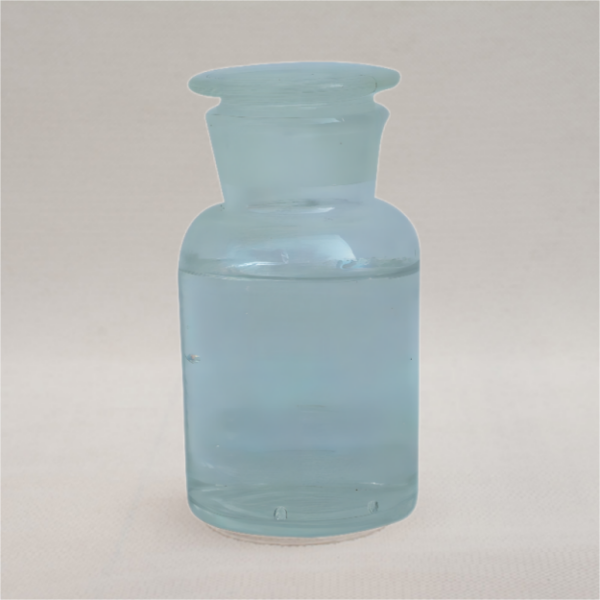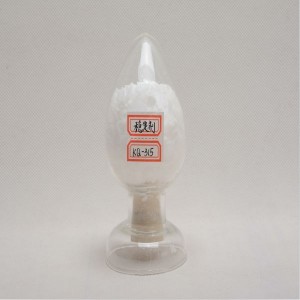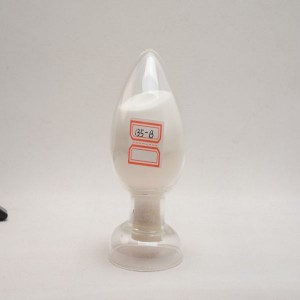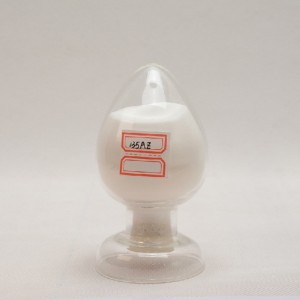
Methyl Tin Stabilizer
Methyl Tin Stabilizer
heat stabilizers (PVC) and other chlorine-containing polymers. Methyl tin stabilizer is an amorphous high polymer. Due to the special structure of PVC, it will inevitably decompose at the processing temperature, making the color darker, reducing the physical and mechanical properties, and even losing the use value. Heat stabilizers are developed and produced to solve this problem. According to different chemical structures, heat stabilizers are mainly divided into lead salts, metal soaps, organic tin, rare earth, organic antimony and organic auxiliary stabilizers. Different types of products have their own performance characteristics and are suitable for different fields. In recent years, the PVC industry has developed rapidly, which has led to the rapid development of the heat stabilizer industry. On the one hand, the theory of heat stabilizers is becoming more and more perfect, which provides conditions for obtaining more ideal PVC products; on the other hand, new products suitable for different fields are constantly being developed, especially due to the toxicity of lead salts and heavy metals. The reason is that PVC processing enterprises first choose non-toxic heat stabilizers.
In the production of PVC processing enterprises, in addition to requiring heat stabilizers to meet thermal stability, they are often required to have good processability, weather resistance, initial colorability, light stability, and strict requirements for their odor and viscosity. At the same time, there are many varieties of PVC products, including sheets, pipes, profiles, blow moldings, injection moldings, foam products, paste resins, etc. Most of the processing formulas of enterprises producing PVC products need to be developed by the enterprises themselves. Therefore, the selection of heat stabilizers during PVC processing is extremely important. Organotin heat stabilizers are heat stabilizers discovered so far
|
Tin content(%) |
19±0.5 |
|
Sulfur content(%) |
12±0.5 |
|
Chromatic(Pt-Co) |
≤50 |
|
specific gravity(25℃,g/cm³) |
1.16-1.19 |
|
Refractive index(25℃,mPa.5) |
1.507-1.511 |
|
viscosity |
20-80 |
|
Alpha content |
19.0-29.0 |
|
Trimethyla content |
<0.2 |
|
form |
Colorless transparent oily liquid |
|
Volatile content |
<3 |
Plastic products, rubber, plastic films, polymer materials, chemical materials, electronic and electrical coatings and adhesives, textile printing and dyeing, papermaking, inks, cleaning agents;
1, good thermal stability;
2, excellent colorability;
3. Good compatibility;
4.Non-flammable.











